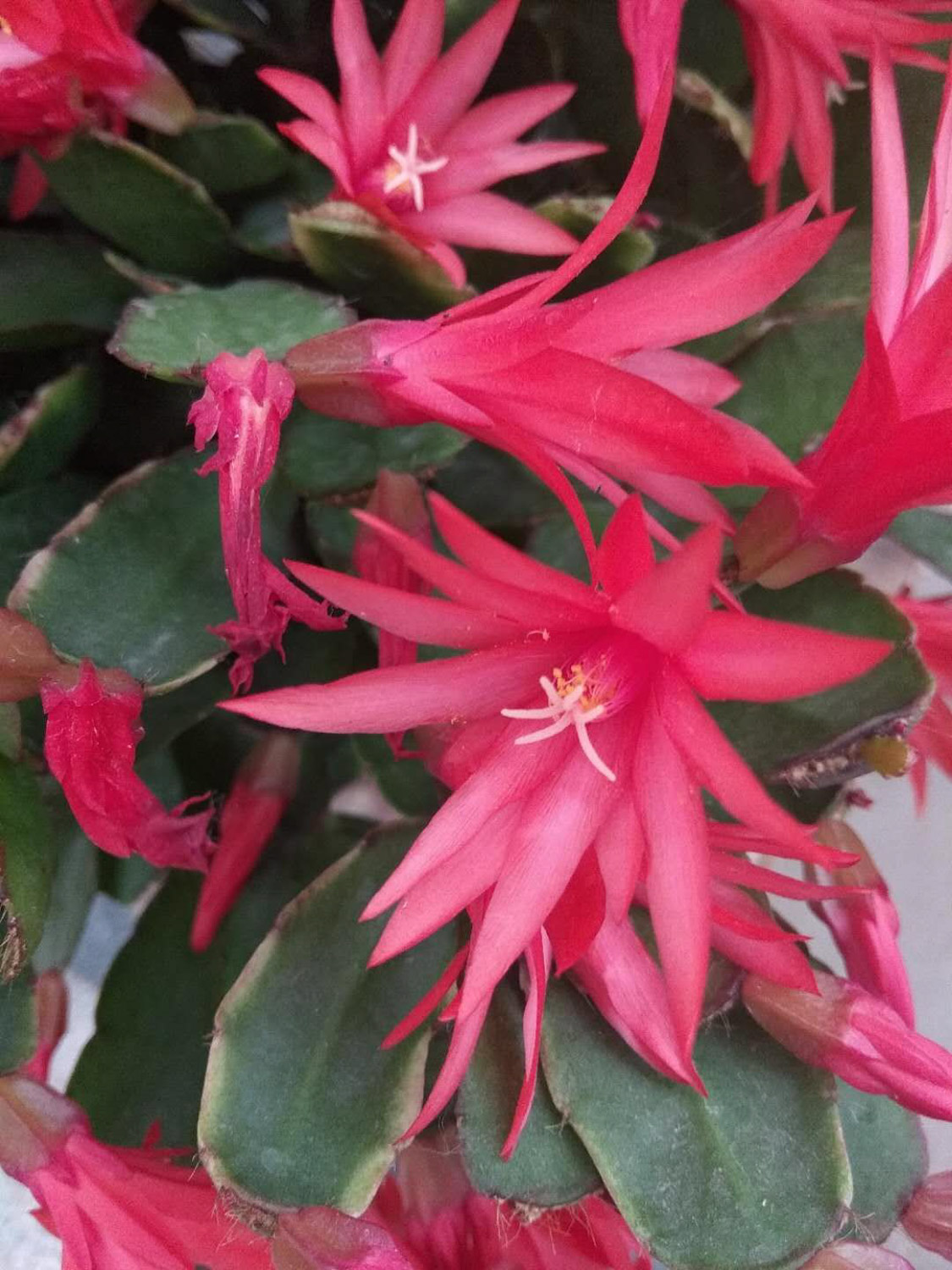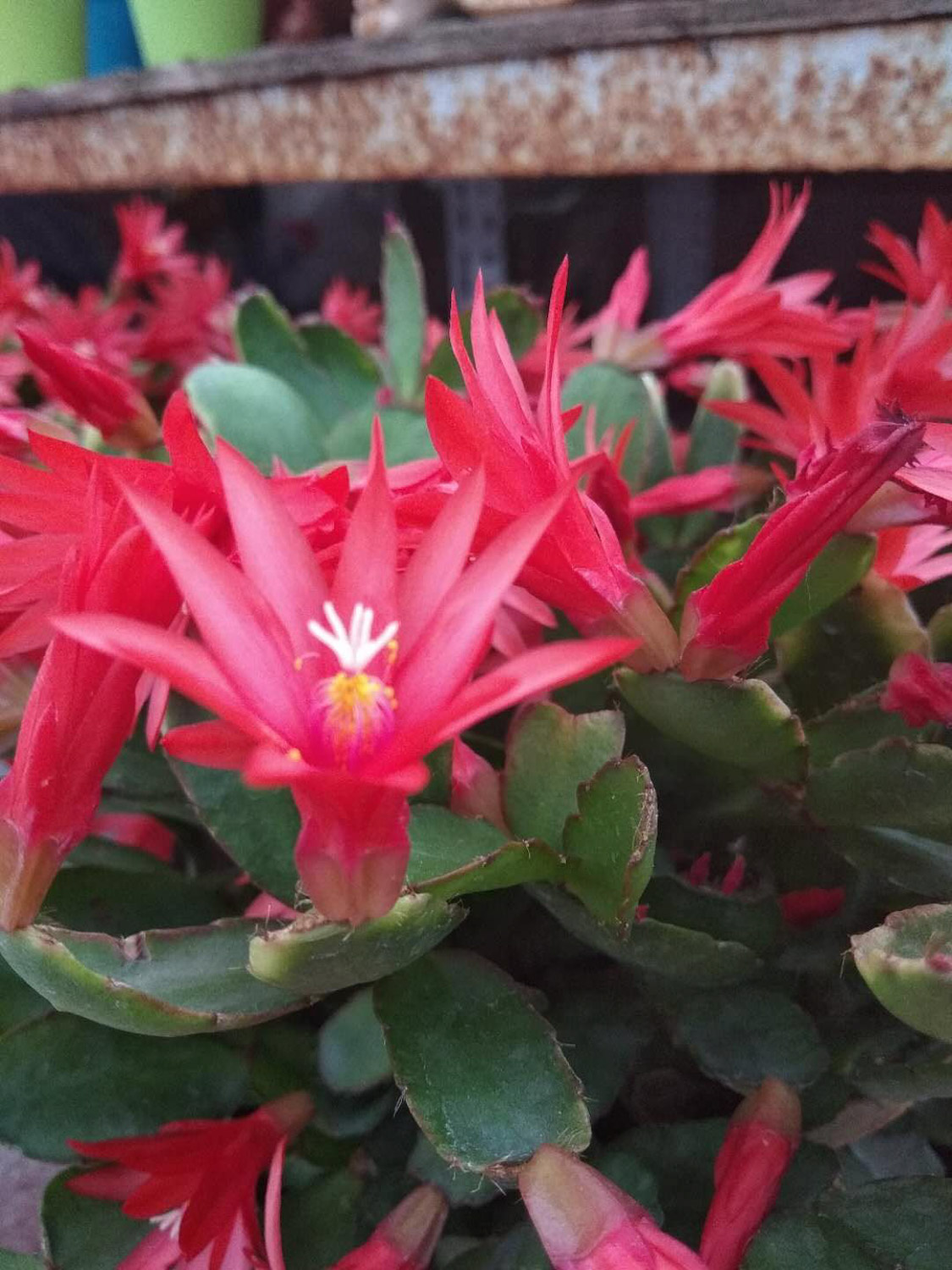Cultivation method of pseudoepiphyllum
Light and temperature
When cultivating false Epiphyllum, it should be noted that false Epiphyllum likes a semi shady growth environment, but the growth of flower buds of false Epiphyllum needs to ensure that there can be 8 hours of light every day. Therefore, during breeding, in addition to ensuring sufficient light in summer, it can be maintained in a sunny place indoors in winter. In summer, it is necessary to avoid sun exposure. It is best to keep it in a ventilated and cool place indoors. The curing temperature should be kept in a relatively warm range, about 15 ℃ - 25 ℃, and the overwintering temperature should not be lower than 10 ℃.
Basin soil
When planting and breeding false Epiphyllum, you can choose a flower pot with a diameter of 10cm-15cm. When potting, you can use rotten leaf soil, peat soil and river sand, and fill some broken tiles at the lower part of the pot to enhance air permeability and drainage. Moss can be used as the substrate for hanging basin maintenance.
Watering and fertilization
Water and fertilizer management is very important for the growth of pseudoepiphyllum. False Epiphyllum needs sufficient water and fertilizer, and the basin soil needs to be kept wet, but do not accumulate water. Pay attention to reduce watering after flowering and during dormancy, keep the soil dry, and gradually increase watering after dormancy. In addition, because pseudoepiphyllum prefers a humid environment, attention should be paid to spraying water around the plant frequently during breeding. If fertilizing, you can apply rotten thin liquid fertilizer once a month. In the dormancy period after flowering, reduce fertilization and trim branches.

Precautions for cultivation of false Epiphyllum
Change Basin
Changing pots is to make pseudoepiphyllum grow better. Generally, changing pots is carried out in late spring or early summer, and the pots are changed every 2 years. When changing pots, the old soil can be removed and then replaced with new soil. The soil should be rich in humus.
Diseases and insect pests
The diseases of pseudoepiphyllum mainly include leaf spot and Fusarium wilt, which can be sprayed with 50% carbendazim. The insect damage of false Epiphyllum is the harm of red spider, which can be sprayed with 40% dimethoate emulsion solution.


 jackfruit
jackfruit snake plant
snake plant hibiscus
hibiscus hydrangea
hydrangea lavender
lavender Green roses climb al...
Green roses climb al... If you don't pay att...
If you don't pay att... Management of four g...
Management of four g...

































